LB.1 is the newest COVID-19 subvariant causing concern. It’s an offshoot of JN.1, which dominated in winter and spring 2024.
LB.1 accounts for 17.5% of U.S. cases as of June 22, 2024. Its share has more than doubled since late May 2024.
Summer COVID Trends Raise Alarms
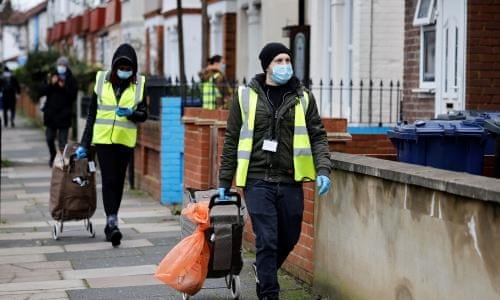
COVID-19 cases are rising in 44 U.S. states as of June 25, 2024. Test positivity reached 8% on June 22, up 1.4% from the previous week.
California and the Southwest U.S. show the highest test positivity rates. Experts describe this as an expected summer “bump” rather than a major surge.
Transmissibility of LB.1 Remains Uncertain
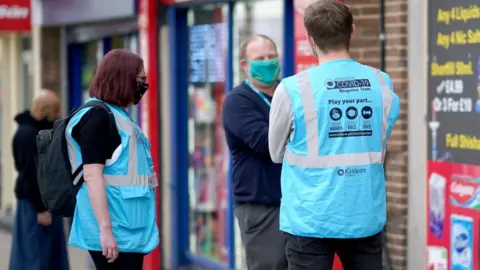
LB.1 is highly contagious, spreading rapidly across communities. It’s closely related to the FLiRT variants but has unique spike protein mutations.
These mutations may enhance its ability to evade immunity. However, it’s too early to determine if LB.1 is more transmissible than other recent variants.
LB.1 Symptoms Mirror Previous Variants
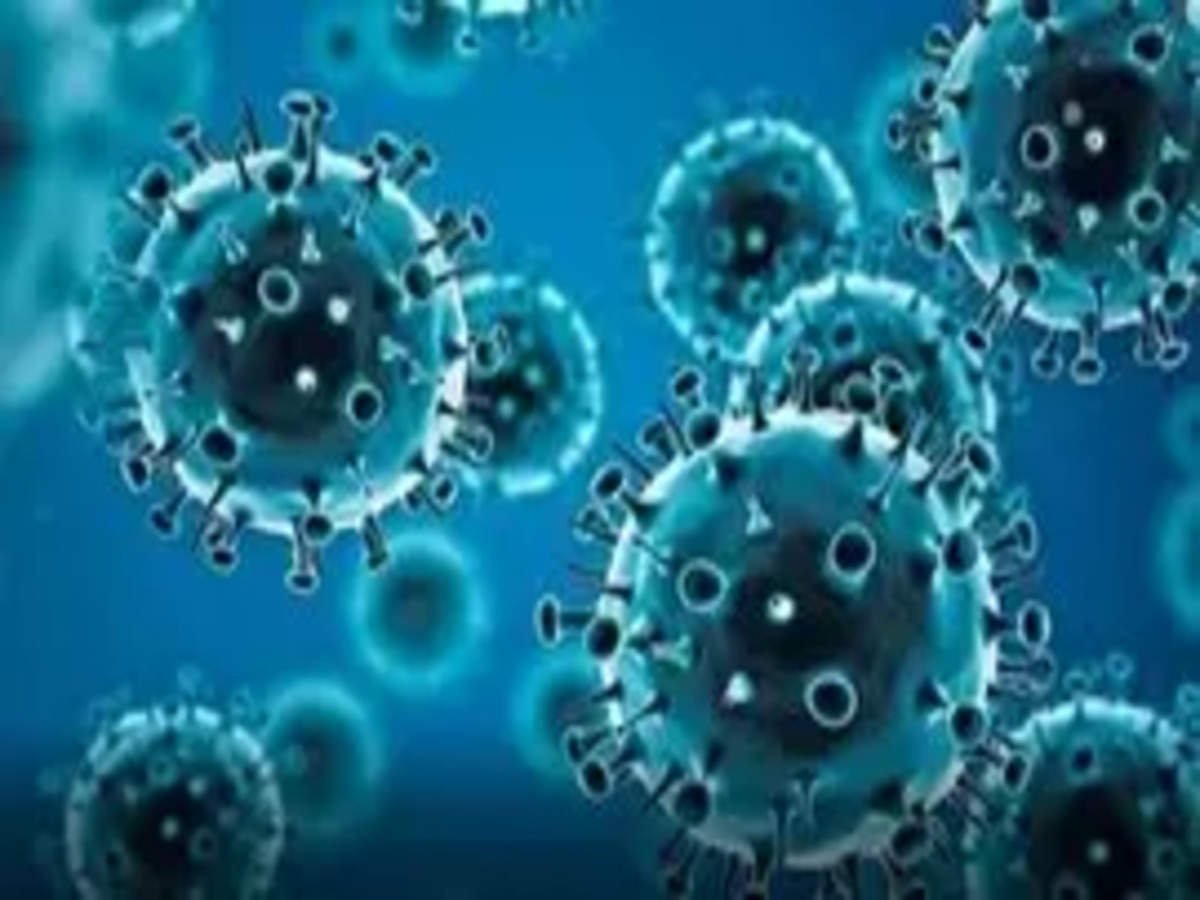
LB.1 doesn’t cause any new or distinct symptoms. Its symptoms are similar to those of FLiRT variants, including sore throat, cough, and fatigue.
The strain generally produces milder infections than earlier COVID variants. However, high-risk groups can still experience severe symptoms.
Vaccine Efficacy Against New Variant
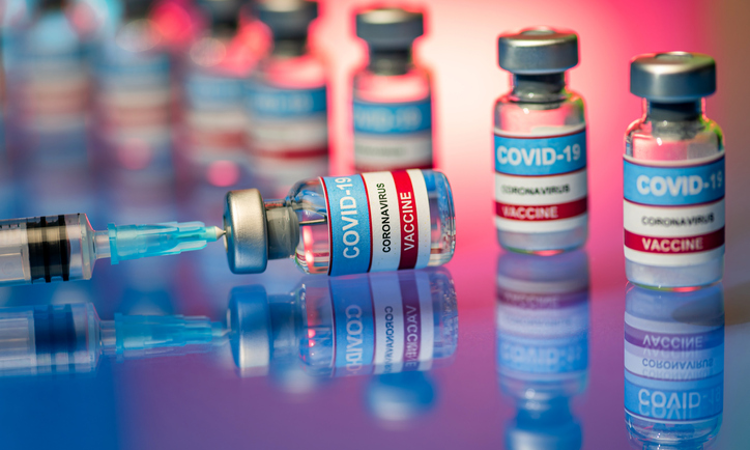
Current vaccines offer protection against severe LB.1 disease. The 2023-2024 booster targeting XXB.1.5 remains available.
A 2024-2025 vaccine, expected to target KP.2, will likely protect against LB.1. Experts recommend eligible individuals get vaccinated this fall.
Testing and Isolation Guidelines Updated

PCR and antigen tests can detect LB.1 and other new variants. The CDC recommends testing if symptoms develop or after exposure.
Positive individuals should isolate until fever-free for 24 hours without medication. High-risk groups testing positive may receive Paxlovid to prevent severe illness.
Protective Measures Against LB.1 Variant

The CDC recommends staying up-to-date with vaccines to protect against LB.1. Wearing masks in crowded indoor spaces remains advisable.
Good hand hygiene and improved ventilation help prevent spread. Social distancing continues to be an effective preventive measure.
COVID’s Ongoing Mutation and Evolution

SARS-CoV-2 continues to mutate, producing new variants. These new strains often better escape immunity than predecessors.
LB.1 follows this trend, emerging from the omicron lineage. Over 97% of Americans have COVID antibodies, but immunity fades over time.
Summer Travel Fuels COVID Spread

Increased summer vacation travel contributes to COVID-19 spread. More indoor gatherings due to air conditioning use exacerbate transmission.
Experts predict post-July 4th travel may cause case bumps in many communities. Unlike influenza, COVID-19 isn’t strictly seasonal and spreads year-round.
Emergency Room Visits Increase Slightly
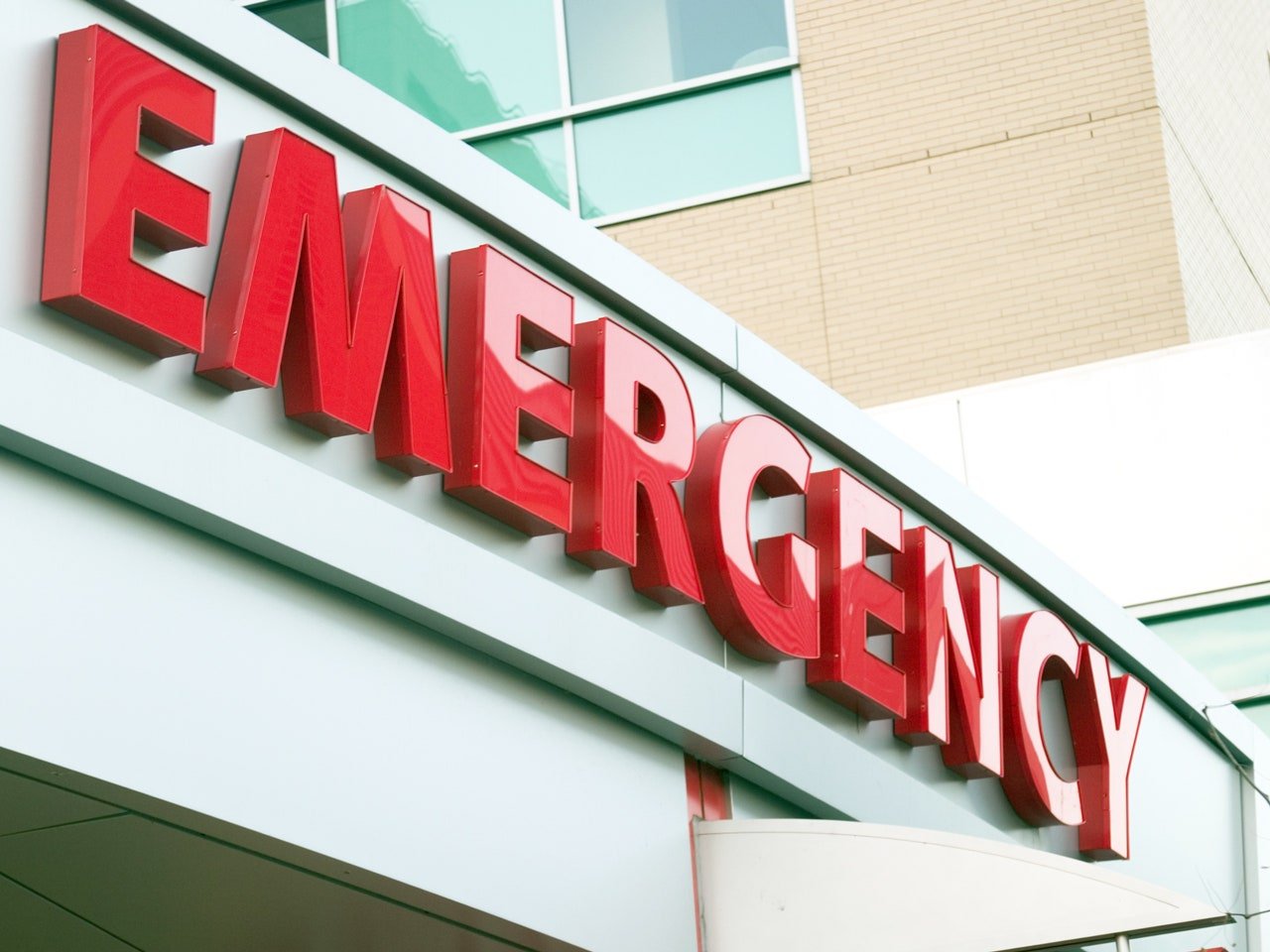
ER visits for COVID-19 have risen 23% in a week. However, overall hospitalization rates remain steady.
These numbers are still relatively low compared to winter peaks. The CDC reports “low” viral activity in wastewater nationally, down from winter’s “high” or “very high” levels.


